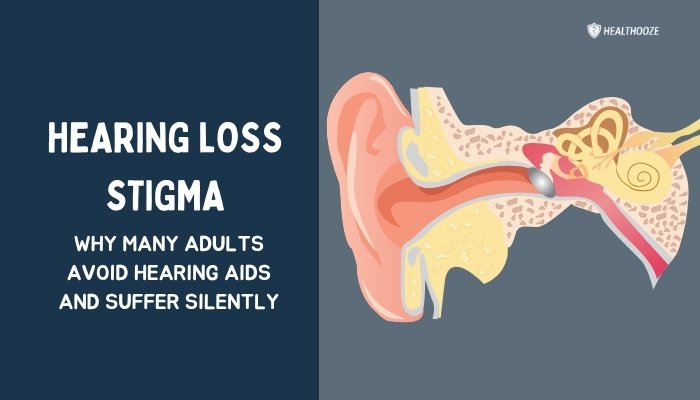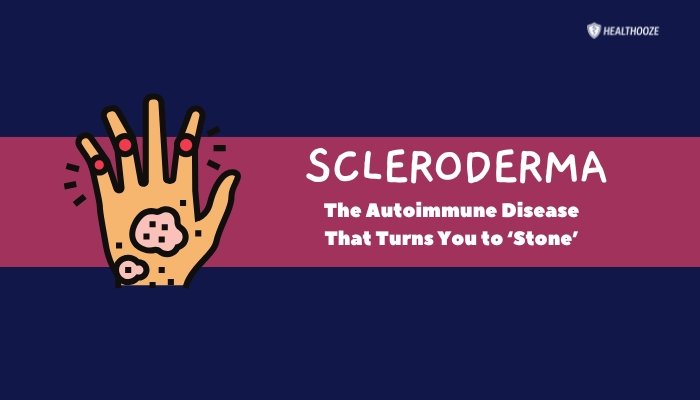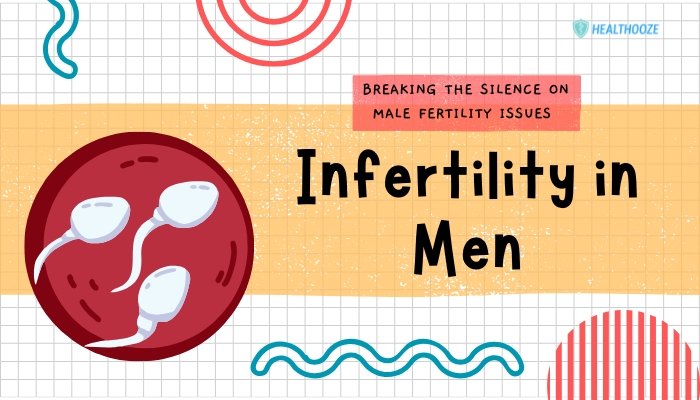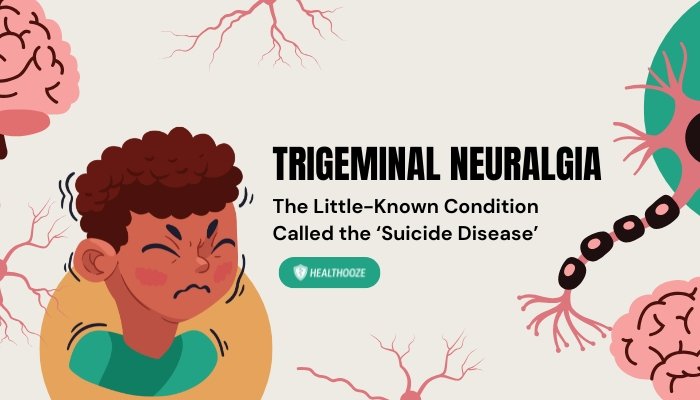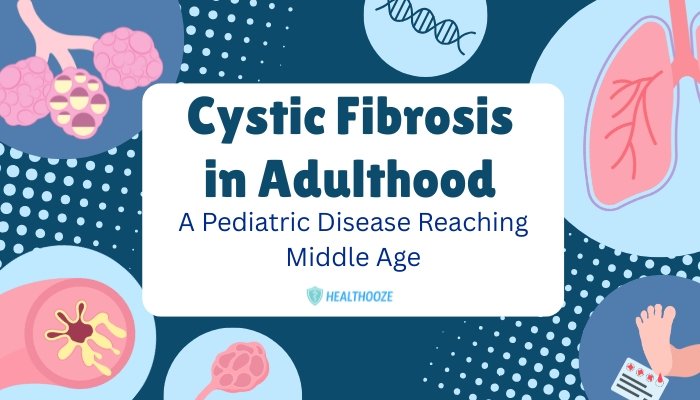Introduction
Hearing loss is a common yet often hidden challenge affecting millions of adults worldwide. Despite modern hearing aids being more discreet and effective than ever, many who struggle to hear refrain from seeking help or wearing assistive devices.
Stigma—fueled by outdated perceptions of hearing aids being a sign of old age or infirmity—keeps them from getting the support they need. The result? Missed conversations, frustration, and potential emotional isolation.
This article explores how hearing loss stigma arises, its effects on daily life, and how greater acceptance can encourage adults to embrace hearing solutions.
The Prevalence and Consequences of Hearing Loss
A Silent Epidemic
Hearing loss doesn’t exclusively affect older adults. While age-related hearing deterioration (presbycusis) is common, noise-induced hearing damage from loud workplaces or recreational noise also brings younger adults into the demographic. Worldwide, hundreds of millions experience some level of hearing impairment.
Impact on Mental and Social Health
- Communication Struggles: Straining to follow conversations triggers embarrassment, fatigue, or withdrawal from social gatherings.
- Isolation and Depression: Feeling “left out” or repeatedly asking others to repeat themselves fosters loneliness or self-doubt.
- Professional Barriers: In the workplace, misunderstandings can hamper productivity or hamper career advancement.
Underestimation of Hearing Impairment
Many with mild or moderate hearing loss downplay the issue, believing they only miss a few words or can “manage” by turning up the volume. They might ignore early signs—like turning the TV louder or avoiding noisy restaurants—until more severe difficulty surfaces.
Why Hearing Aids Are Often Avoided
Outdated Stereotypes
- “Only for the Elderly”: Many still see hearing aids as bulky, obvious devices for “old folks.” In truth, modern hearing aids can be tiny, nearly invisible, and used by younger professionals or tech-savvy individuals.
- Fear of Judgment: Concerned about looking frail or incompetent, individuals may forego hearing aids in an attempt to appear “normal.”
Denial and Pride
Some people avoid acknowledging hearing decline, feeling it signals aging or vulnerability. Rather than wearing a device, they might rely on coping strategies—like lip-reading—until the hearing loss severely disrupts their life.
Financial Constraints
Quality hearing aids can be expensive, and insurance coverage is inconsistent. High out-of-pocket costs, combined with the stigma, dissuade many from purchasing them. Even if insurance partially covers them, the cost might remain prohibitive.
Stigma in Social and Workplace Settings
Social Implications
Refusing to wear an aid can lead to repeated misunderstandings, missed jokes, or having to guess conversation content. Over time, these frustrations push some to skip group gatherings or events, isolating themselves.
Professional Challenges
Workers with hearing loss may dread being seen as “less capable” if they wear a visible device. The fear of losing promotions or facing silent discrimination can overshadow the performance benefits of improved hearing.
Reinforcing the Cycle
As stigma and fear of negative judgment keep hearing-impaired adults from seeking help, misunderstandings or mistakes arise, fueling further stress or embarrassment. The cycle continues unless they overcome or challenge these deep-seated perceptions.
Breaking Through Stigma and Embracing Solutions
Advances in Hearing Technology
- Discreet Devices: Today’s hearing aids can be nearly invisible, sitting within the ear canal or connecting to phones wirelessly.
- Smart Integration: Many devices offer Bluetooth or app controls, letting wearers adjust settings discreetly.
- Customized Audiological Assessments: Audiologists tailor aids to each individual’s unique hearing profile, boosting clarity without “blaring” noise.
Education and Public Awareness
- Positive Messaging: Campaigns highlighting younger people wearing hearing aids or successful professionals who rely on them can shift perceptions.
- Peer Advocacy: Hearing loss ambassadors—like musicians or celebrities—using hearing devices openly can normalize hearing aids.
- Community Workshops: Libraries, senior centers, or local events hosting hearing screenings and device demos encourage early detection without shame.
Encouraging Early Intervention
Catching hearing decline sooner fosters better outcomes, as the brain’s auditory processing stays more active. Explaining that untreated hearing loss can lead to cognitive decline or depression might motivate individuals to act.
Overcoming Hurdles and Next Steps
Emotional and Mental Health Support
Acknowledging hearing loss can be emotional. Counseling or peer support groups help process frustration, reaffirm identity, and stand up to stereotypes. Younger wearers especially benefit from mentors who overcame the same stigma.
Policy and Insurance Reforms
- Insurance Coverage: Greater coverage or subsidies for hearing devices lowers the financial barrier.
- Workplace Accommodations: Enhanced awareness fosters changes in acoustics or offers captioning in meetings, ensuring no one feels singled out.
Personal Advocacy
Asking for accommodations—like speaking slowly, repeating statements, or turning on closed captions—promotes independence. Being honest with friends and colleagues about hearing struggles also cultivates a supportive network.
Conclusion
Hearing loss need not confine individuals to isolation or repeated guesswork in conversations. However, stigma—rooted in assumptions that hearing aids are only for the elderly or denote frailty—keeps many from even exploring life-changing solutions. Thankfully, leaps in hearing technology, a shift in public awareness, and growing acceptance in workplaces can empower people to take control of hearing health. By normalizing hearing devices, encouraging early testing, and championing supportive policies, we can dismantle negative perceptions and offer millions the chance to stay engaged in every conversation—free from the silence of untreated hearing impairment.
References
-
- World Health Organization. World report on hearing. 2021.
-
- National Institute on Deafness and Other Communication Disorders (NIDCD). Hearing aids: benefits and barriers.
-
- McCormack A, Fortnum H. Why do people fitted with hearing aids not wear them? Int J Audiol. 2013.

